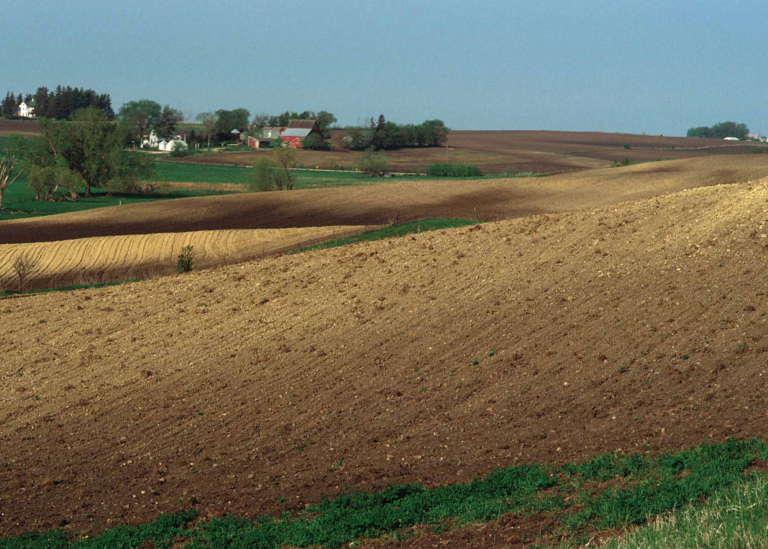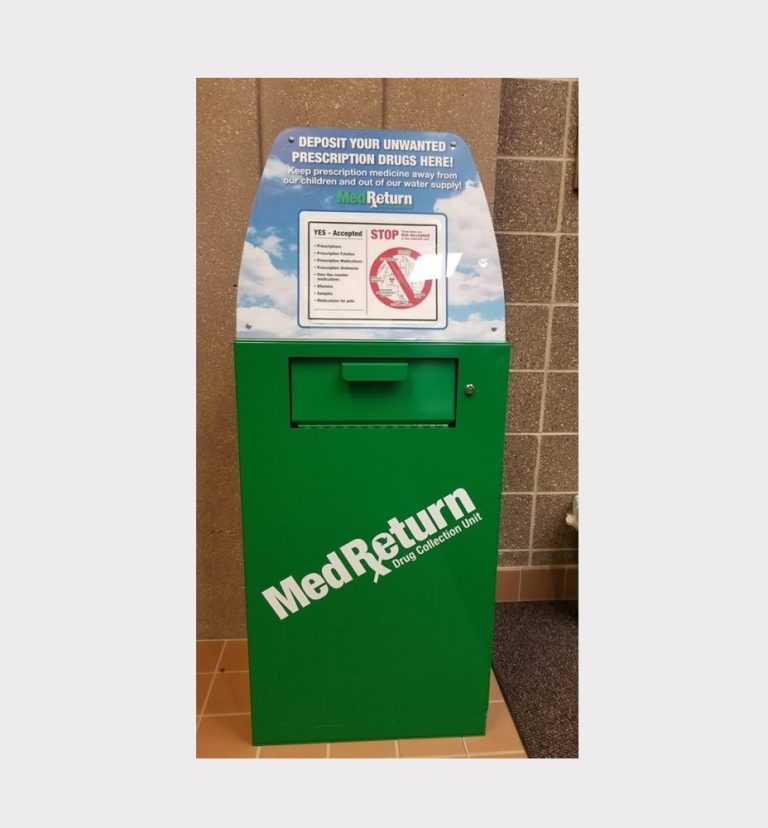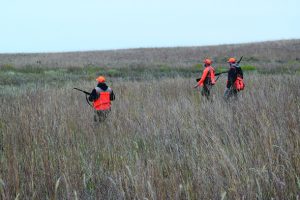Northwest Iowa — With the temperatures becoming more spring-like, it won’t be long until farmers are in the fields and people are thinking about lawn care.

There are times when pests like insects, diseases or weeds keep our lawns, gardens, trees and crops from growing as well as we would like or need. For crop producers, the use of pesticides can be very profitable at times. For many homeowners, having a lawn that has dead spots or trees that die prematurely might not be acceptable. Pesticides can help us manage these situations in many cases, with minimal risk if they are used properly.
We had a chance to talk pesticides with Iowa State University Extension and Outreach Field Agronomist Joel DeJong. He says pesticide use and safety is an important topic.
DeJong says if you are applying pesticides to your lawn or garden yourself, you need to at least read and follow the label directions. He says those directions are not just a guideline, they are a legal document — and you agree to follow the directions when you break the seal on the product.
DeJong says Iowa’s pesticide applicator laws are the strictest in the country. In Iowa, if you are applying pesticides for money (a “commercial” pesticide applicator), or are using a restricted-use pesticide on your own farm or acreage, you need to be a licensed applicator.
He says the products most homeowners use are not “restricted use,” they are called “general use pesticides,” and you don’t need a license to apply those.
DeJong says it’s also important to follow the directions regarding the clothing that should be worn when applying the product, to minimize your exposure.
Here are five keys for safe use of pesticides at home.
Always read and follow the label directions. These labels tell you how to mix, how much to spray, what personal protective equipment you need to wear, and other hazards to watch for. The label is a legal document – you must follow it! Read the entire label before you use any pesticide.
Be aware of sensitive areas. Are there pollinators nearby that could be sensitive to an insecticide you are using? Remember that bees are most active during the heat of the day, and less foraging occurs in the evening. So, if you need to use an insecticide, reduce risk by applying when they are less active. Also think about sensitive plants that might be located in your yard – or the neighbors’ yards.
Every time you use a pesticide, know the wind speed and direction it is blowing. Small droplets move with the wind, so know which direction it is blowing and what could be in the zone of movement. The label sometimes has specific requirements for the maximum wind speed during application.
Keep spray nozzles close to the ground. If it is on a spray boom the height needs to be high enough to get a good spray pattern across the boom width, but a lower nozzle height reduces drift risk.
Use the lowest spray pressure your applicator can apply while still getting good coverage for your pesticide. Low pressure gives us larger droplets, and has a much lower drift risk. Increasing pressure does NOT force the pesticide to the target faster, it just creates smaller droplets that can drift a lot worse.
Using pesticides can be quite safe if they are used properly. Iowans who apply them as a part of their business are the best-trained applicators in the country. Anyone who uses pesticides without reading and following the label increases the risk. So, always read and follow label directions.











